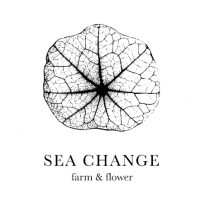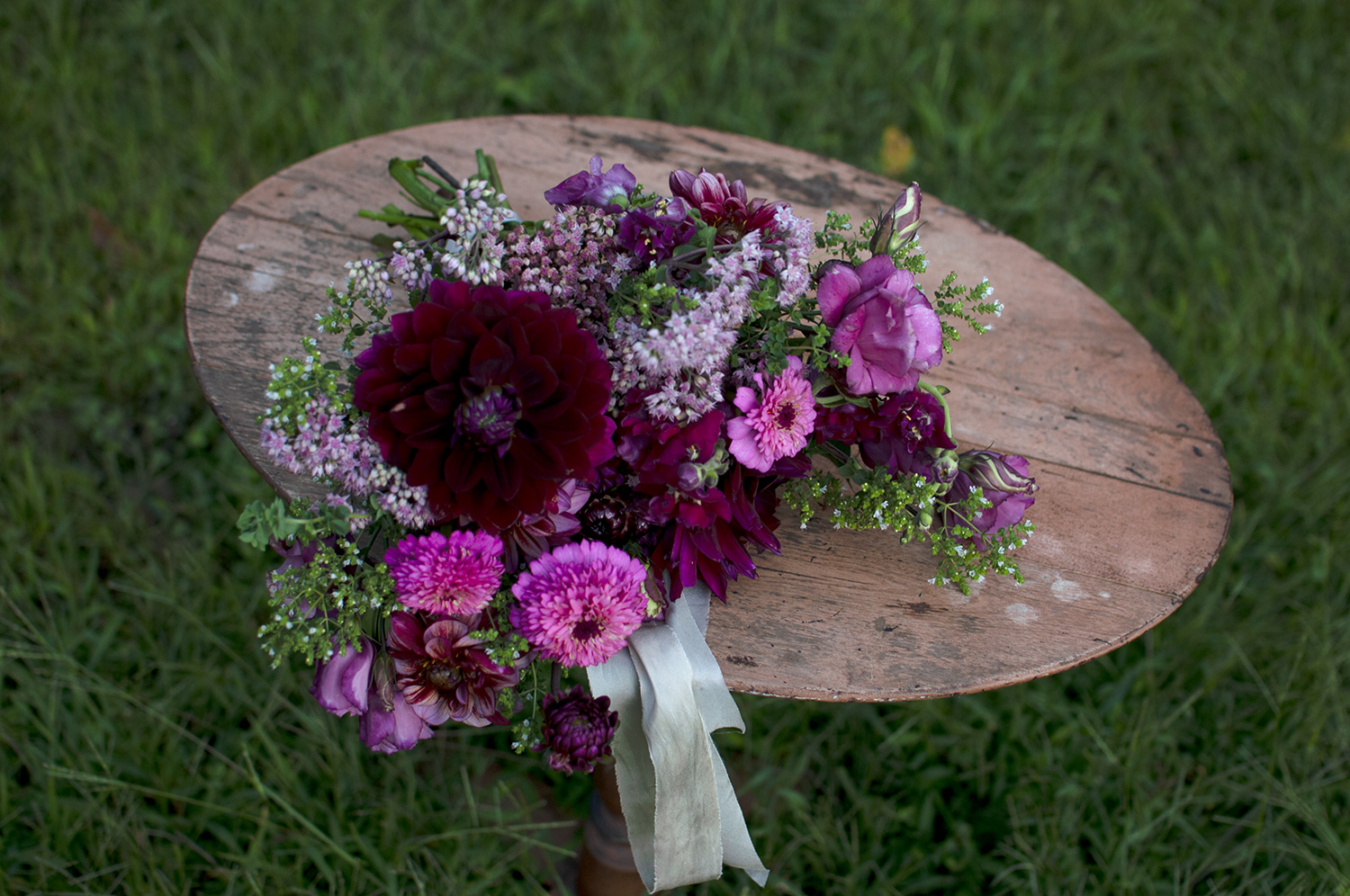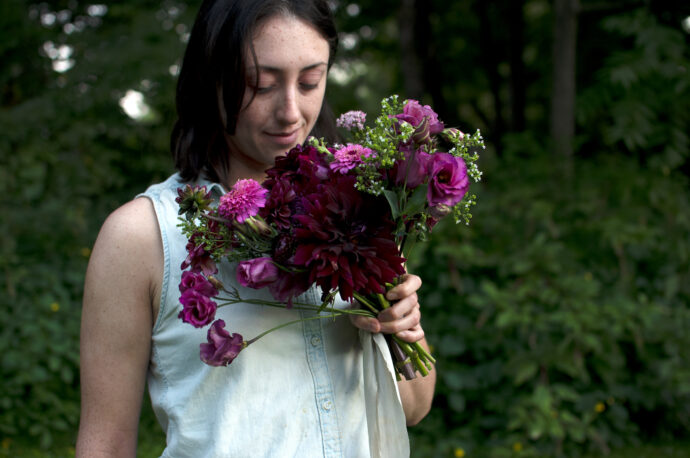We’re back with more Flower Color Theory! In case you want to revisit the thrilling adventures of Flower Color Theories past, you can read about Complementary Colors and Analogous Colors to catch yourself up.
This week, we’re talking all about Shades.
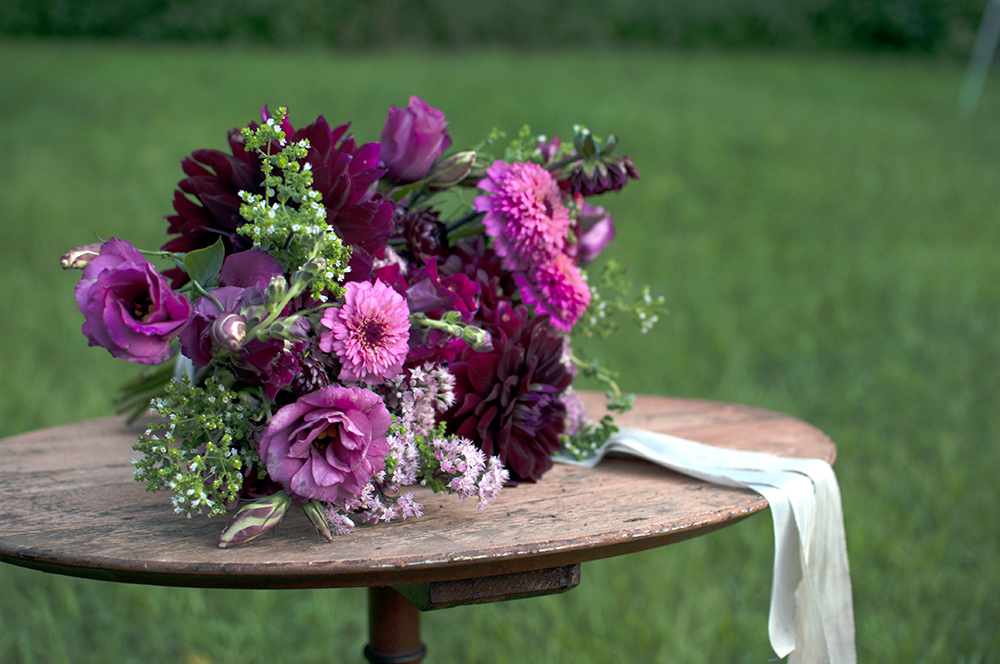
Shades
Sounds like something evil. Or a window treatment. Or, sunglasses?
Jokes aside, all of these “shades” connote blocking out the light, which is very much related to its color theory definition.
In color theory, a shade is created when you take a color from the color wheel (also called a hue) and add black to it. Shades can range from as light as the original hue down to a dark almost-black.
So, shades are the same hue as their original un-shaded color, just a darker version.
Here’s an example, starting with the color Red-Violet from the color wheel:

On the left is the original color from the color wheel. Moving towards the right, larger and larger amounts of black are added to the Red-Violet to create shades of Red-Violet.
Arrangements made with shades of a color are truly monochromatic.
These arrangements can be high-contrast and striking if they use shades that are far apart from each other in value…

…or low-contrast and subtle if they use shades that are close to each other in value.

Here’s a more flowery example:

I sifted through the farm to select these flowers, keeping my selections to a very narrow set of shades of Red-Violet.
These blooms range from fully Red-Violet zinnias on the left, to darker lisianthus and snapdragons in the middle, to very dark strawflower and dahlias on the right.
Then, of course, I made something with these shady blooms!

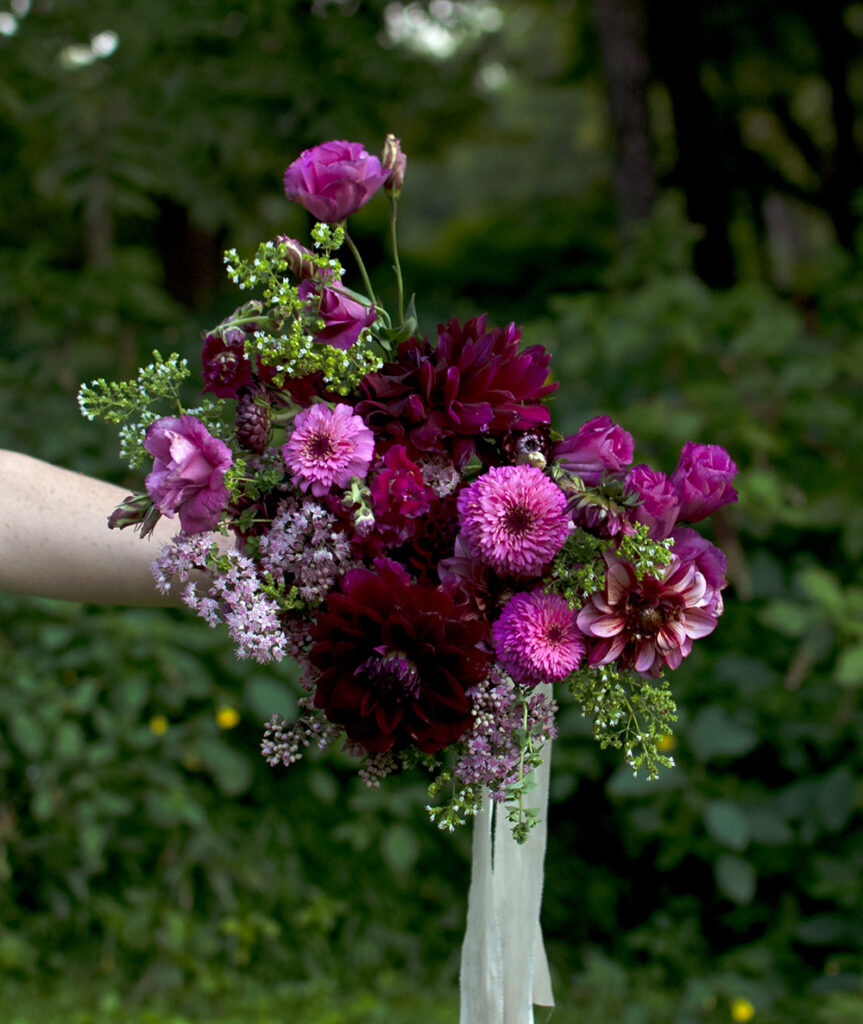
Using shades in this bouquet allowed me to achieve a juicy, saturated look–one that feels “colorful” without feeling disorganized.
Using shades is a great way to showcase a color or flower you love! Those Red-Violet zinnias really pop when placed next to their darker shade dahlias.
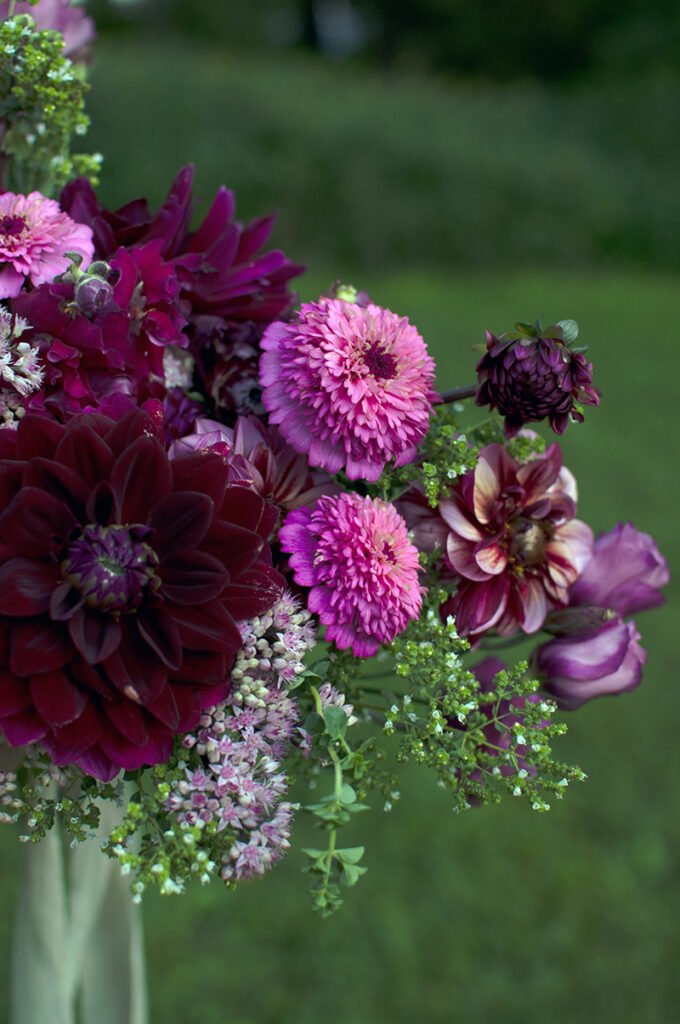
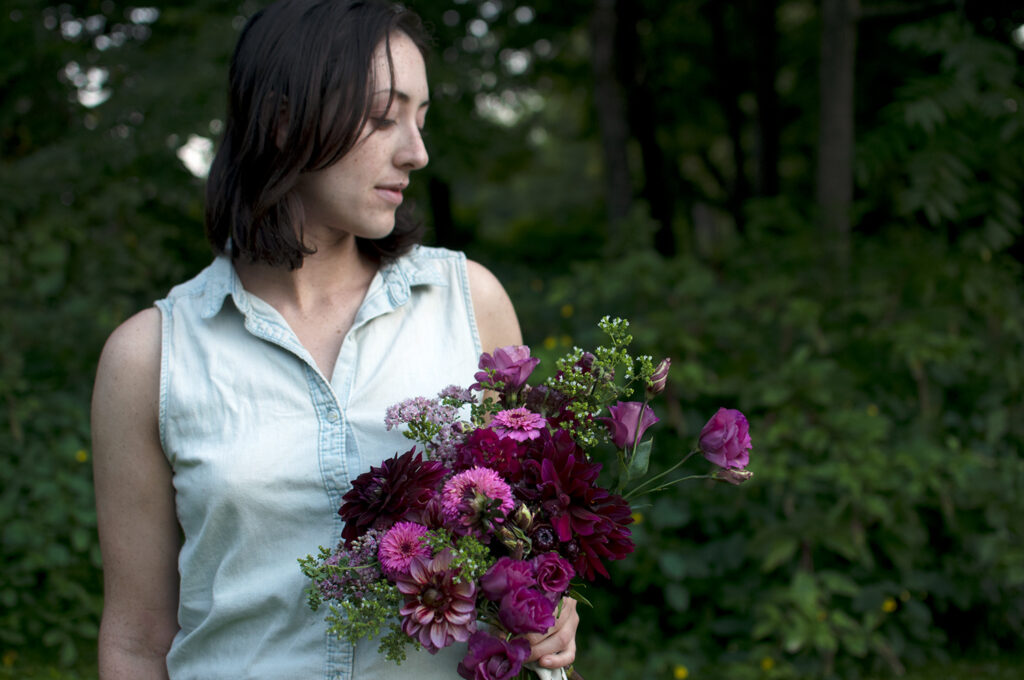
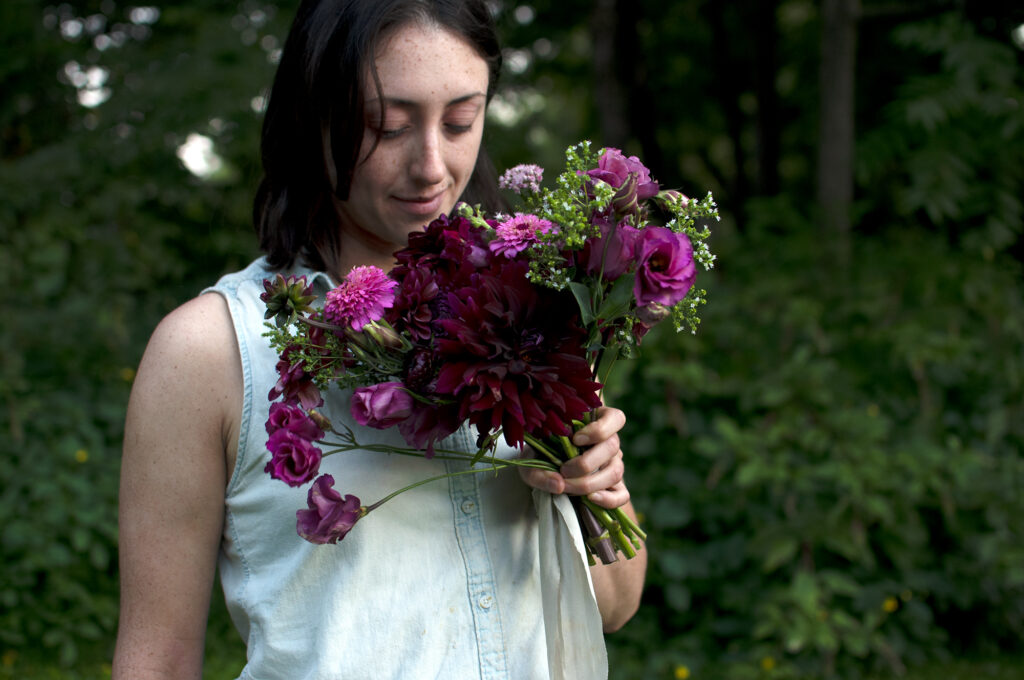
Of course, you can’t talk about shades without also talking about tints! So, I guess you know what to look forward to next time on Flower Color Theory 😉
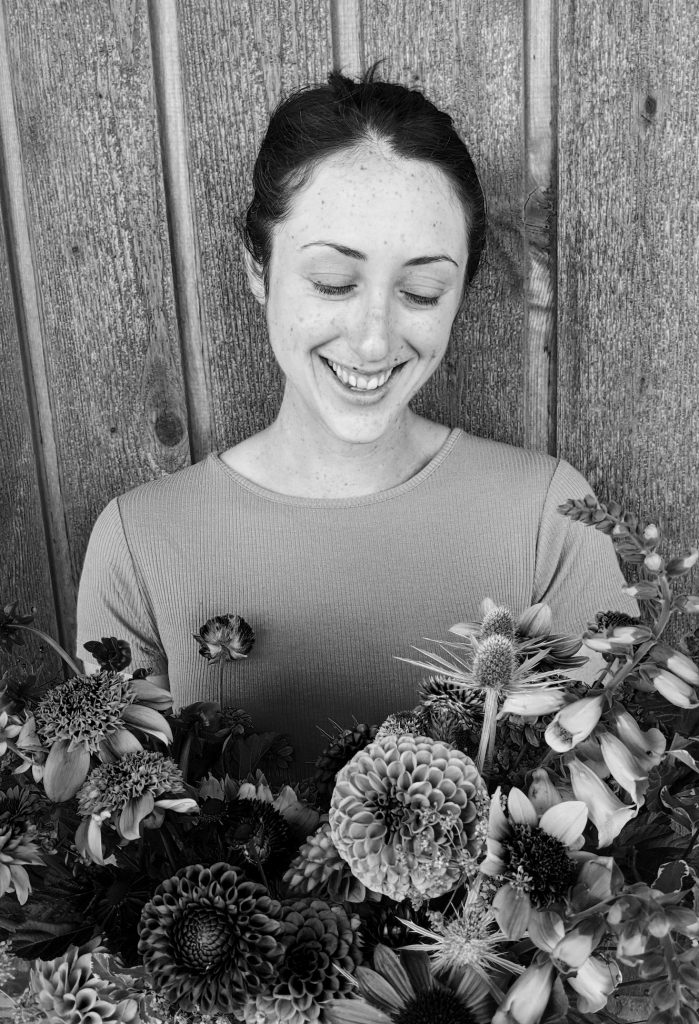
Samantha is the owner of Sea Change Farm & Flower.
Connect with me!
Sign up for our newsletter here.
